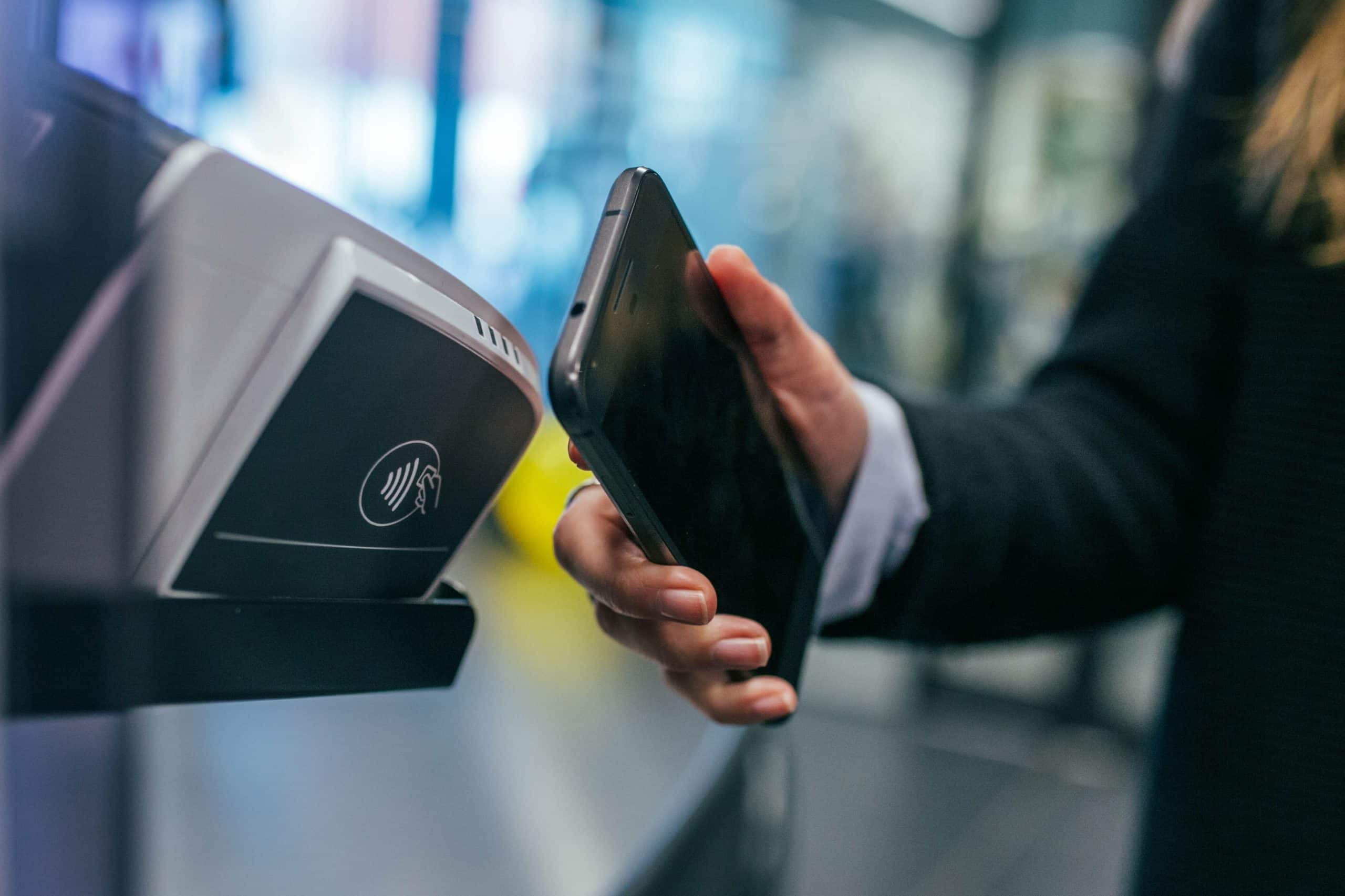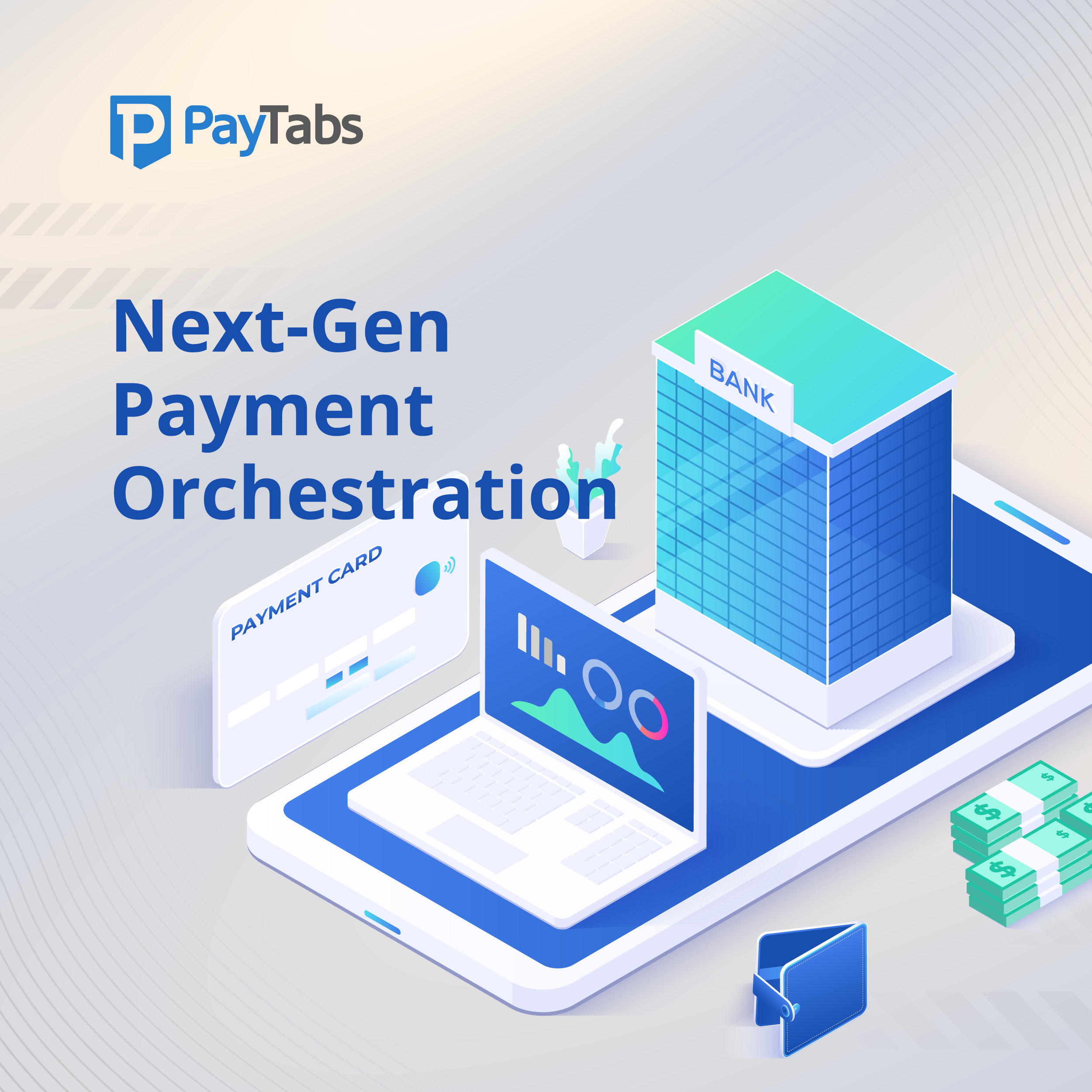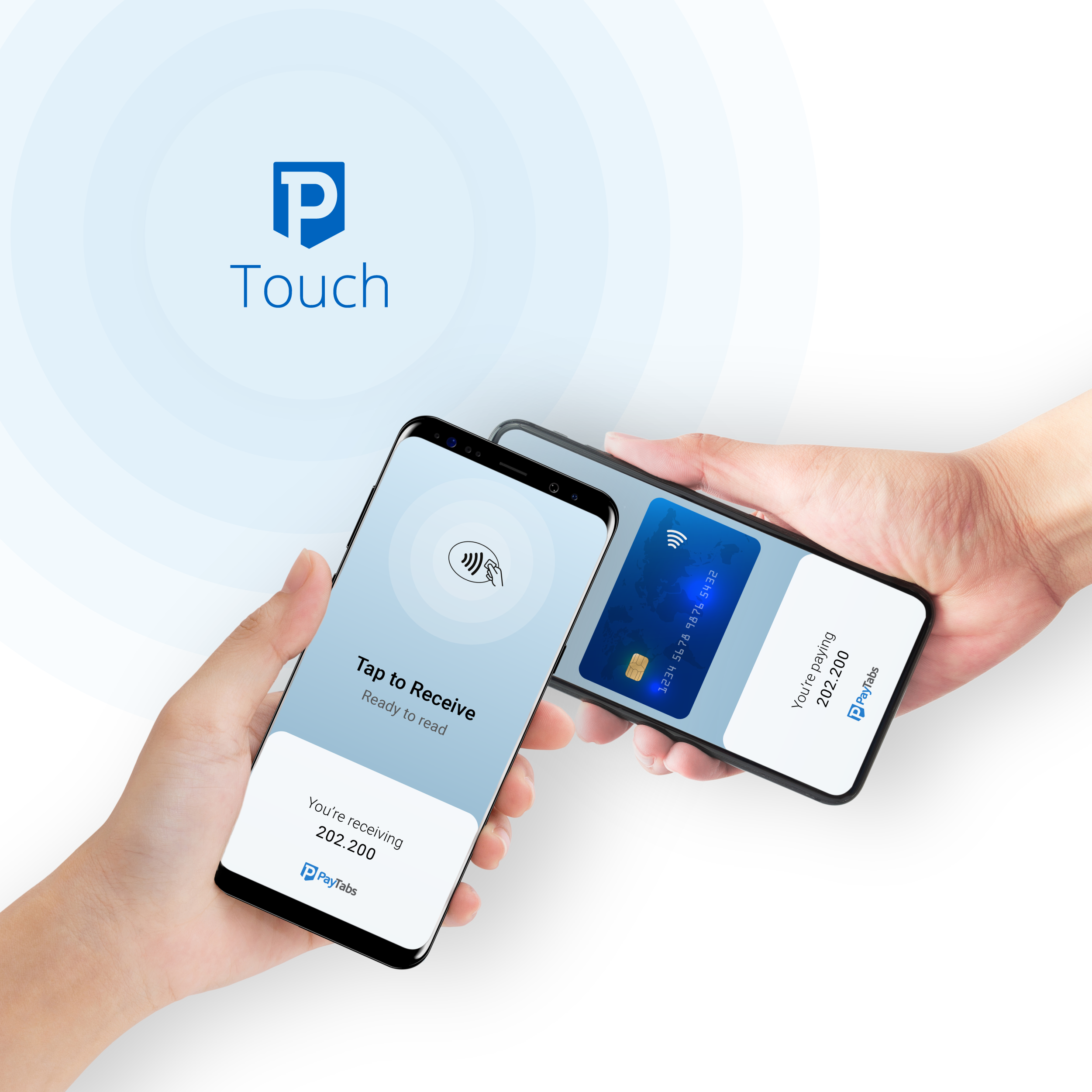QR Codes are the Future of Mobile Payment System – Find Out Why
QR codes are not new really. In fact, the first QR code was generated in 1994 in Japan and was used to track parts and vehicles during the manufacturing process. While it did find other uses, QR codes were mostly considered a passing fad or something that enterprises needed internally to keep track of their products. But things changed in 2011, when QR codes were first used for mobile payments. The mobile wallet app for Bitcoin, a cryptocurrency, got a feature where users could send or receive bitcoins with the help of QR codes. In the same year, Alipay introduced a mobile payment system where offline stores could scan the QR codes of a customer in their Alipay wallet.
Also Read: How Shoppers Browse and Buy Products Online & Offline
Since then, QR codes have gone from strength to strength and emerged as the primary method of payment for countless people and businesses around the world. It’s easy, it’s secure, doesn’t take too much time, and payments can be done through smartphones as well. There is no need for a QR code scanner or any other device.
How Does QR Code Payment Work?
To understand how payments happen through QR codes, you need to first understand these codes.
So, what is a QR code? Short for Quick Response, QR codes store digital data in a physical representation, much like barcodes. One of the biggest differences between barcodes and QR codes though is their structure. While barcodes are made up of vertical black and white bars of different widths, QR codes contain a unique pattern of light and dark spots within a limited amount of space.
These spots can contain a larger volume of data than barcodes. They can store anything from payment information to store URLs, location of the store, offers, and more. In QR code payments, whether you are a business owner, merchant, or freelancer, you can generate a unique code, which the customer can scan with their camera or a payment app. The code will contain information about the payment or the business and allow the user to pay any amount freely.
Usually, these QR codes are integrated by a payment gateway which transfers any money generated through these QR transactions directly to your bank account. A robust payment gateway solution will take care of everything from setting up the codes to receiving payment from customers.
Different Types of QR Payments
Static
As the name suggests, static QR codes stay the same and don’t change frequently. They store specific data and can be reused again and again. Static QR codes are ideal if you are a retail store owner, street vendor, or shopkeeper. Once you display the codes on the counter, any customer can scan it, enter the required amount that needs to be paid, and go ahead with the transfer.
Dynamic
Dynamic QR codes change continuously and can store different information each time. In a dynamic QR code, payment details can be encoded for every unique payment, making it impossible to print out the code and place it on the store counter. If you run a petrol pump, food court, restaurant, or other such places, you can use dynamic QR codes for mobile payments. You need to input the billing amount for every customer, and a new code will be generated every time, which the customer can scan to pay.
Also Read: How to Simplify Invoicing and Billing
Customer-Generated
In the customer-generated method, it’s the payer who generates the code for payment. You, the seller, will need to scan this code, enter the required amount that the customer needs to pay, and then the payment request will be generated. The customer can accept this request, after checking the amount of course, and the selected amount will be deducted from their account automatically. In this method, the payment is dependent on whether the customer accepts the payment request sent by you.
Merchant Generated
This is a combination of dynamic and static QR codes. You, the merchant, can generate dynamic codes for each transaction or can have static codes for a specific product or counter. This way, you can speed up the billing by segregating customers as per their products.
Where are QR Payments Being Used?
QR codes as a mode of payment aren’t that old but have taken the world by storm in just a few years since their inception. They provide a lot of ease and convenience to both customers and sellers. Furthermore, the recent COVID-19 pandemic and the need to limit physical contact has boosted the adoption of QR codes in the mainstream.
Research by Statista revealed that nearly 28% of customers in the US and UK markets agree that QR code payments have seen a rise since 2020. Another research has stated that payments through mobile will reach USD 1.3 trillion by 2022 and QR payments have a big role to play in that. QR codes are no longer a complicated technology that only large enterprises can implement. While global companies like MasterCard and Visa are supporting merchants like you worldwide to start accepting payments through QR codes, local companies are providing support in their respective countries as well.
Now, whether you are a roadside food vendor or a multi-floor shopping centre, you can enable QR codes and mobile payment systems so that customers can pay without any difficulty. In developing countries like India and China, mobile payments have become the preferred way to pay, with nearly half the population scanning at least one QR code a week in China for payment purposes. Just from QR code payments, China made more than $1,900 billion in 2020.
Benefits of QR Code Payment
- Easy to Implement
All you need is a smartphone to generate a unique QR code and start using it to receive payments. It doesn’t require any extra devices or deep technical knowledge, and a user can easily generate codes for commercial or personal use.
- More Payment Methods
In 2022, cash is not the only way a person can pay for something. Mobile payments have become normal now, and a QR code gives you the ability to start accepting payments in methods other than cash as well. It also means that there will be an increase in customer flow inside the shop.
- Reach Out to a Wider Audience
QR codes also help you reach a wider audience. They can be embedded in different locations across the store so that the customer can pay for something quickly and head out. They can be sent digitally to the customer or presented on the website as well so that they can pay for something while sitting at home. QR codes can be embedded in any mobile device as well so that you or your colleagues can accept payment from anyone, anywhere.
- Faster Transactions
If the internet connectivity is fine and the account is completely set up, it takes just a couple of seconds for a customer to scan the code, input the amount, pay, and show you the confirmation.
- Secure
As a merchant, rest assured that the code can store only the data that you decide. Hence, these codes protect you against fraudulent activities, false payment confirmation from customers, and phishing attacks as well.
Where customers are concerned, QR code payments are highly secure and transactions happen over an encrypted network so that no one can store or steal their personal information. The only activity they need to do is scan the code and there’ll be no attempt of theft or unauthorized access to their account.
- Enhanced Engagement
While cash discounts might be rare, promotional campaigns, eCommerce companies, nationwide festivals, partnerships between companies, and other such offers can be commonly found if a customer chooses to pay digitally. Not only does this bring more customers and revenue to a company, but it also enhances customer engagement. Everyone loves to score some discounts and often tends to spend more in the hopes of getting a bigger discount.
Also Read: Finding the Best Payment Gateway for Your eCommerce Business Made Easy
The Future of Mobile Payments
If recent trends are to be believed, mobile payments based on QR codes are only going to increase. Digital banking has evolved a lot, with almost every person owning a smartphone these days, and integrating QR codes in stores has become a lot easier. The icing on the cake has been the acceptance of governments and business giants in moving towards a more digital economy. So, if you are a merchant and looking to implement a mobile payment system, PayTabs can help you with generating and setting up your own QR codes. You can then accept payments from a customer in a matter of seconds, even if they aren’t in your store physically.






 Alex Husar
Alex Husar



